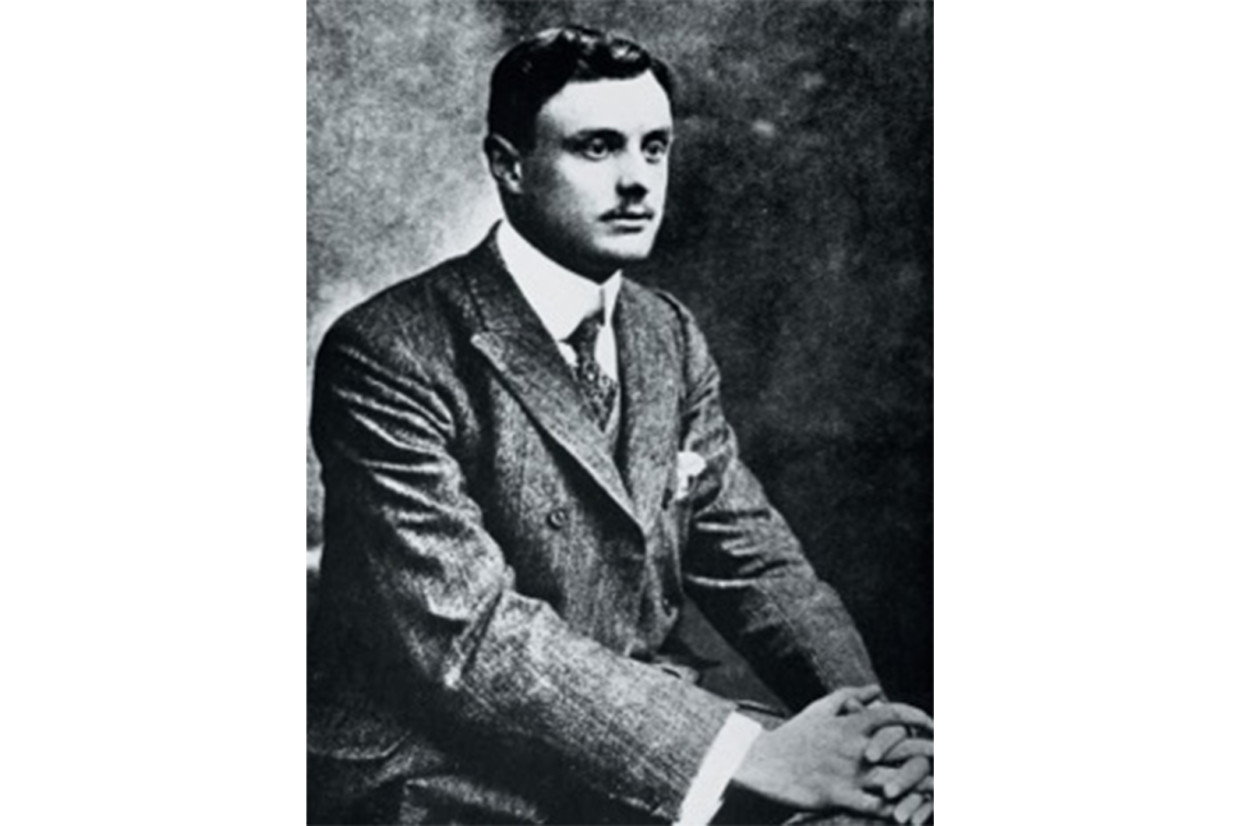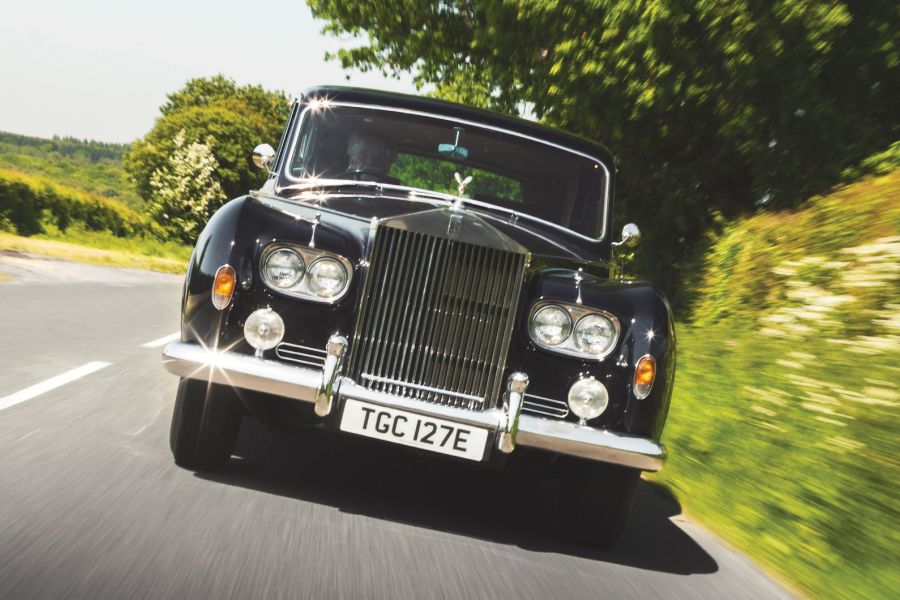
There is a statue of Charles Stewart Rolls in Agincourt Square, outside the Shire Hall in his home town of Monmouth. It was sculpted by Sir William Goscombe John and unveiled by Rolls’ grief-stricken father Lord Llangattock in 1910.
It is said that John Allan Rolls never got over the death of the youngest of his four children, and he lived just two more years. This at least meant that, unlike Lady Llangattock, he was spared seeing his other sons also die young – John on the Somme and Henry of influenza, both in 1916.
The statue stands in pride of place in the town to this day, in front of that erected to honour that other child of Monmouth – one Henry V – and depicts a tall, strong Rolls holding a machine in his hands.
But it is not one of the automobiles which bore his name and that of Henry Royce and which, even by 1910, were already known as ‘the best car in the world.’ In fact, he’s holding an aircraft, a primitive biplane similar indeed to the Short Wright biplane in which he would become the first Englishman to lose his life in an aircraft accident.
When asked just before his death why he insisted on taking such terrible risks during those pioneering days of early flight, his reply was simple and reveals as much as we will probably ever know about this most remarkable of young men. It is also extraordinary: ‘All good engineering calls for casualties, so why not?’





